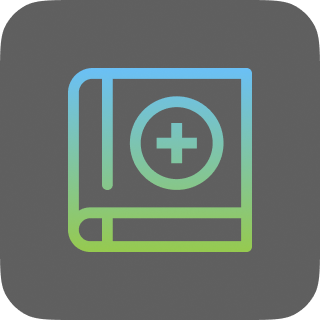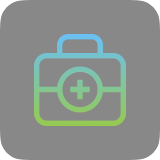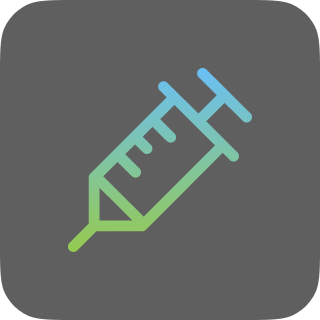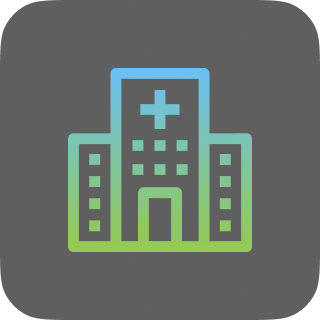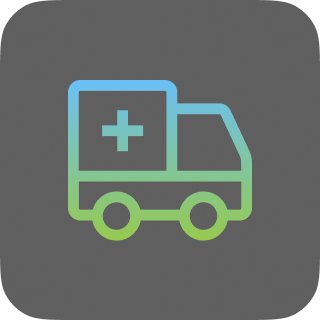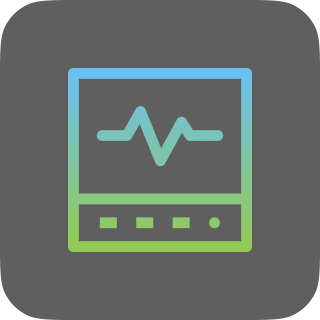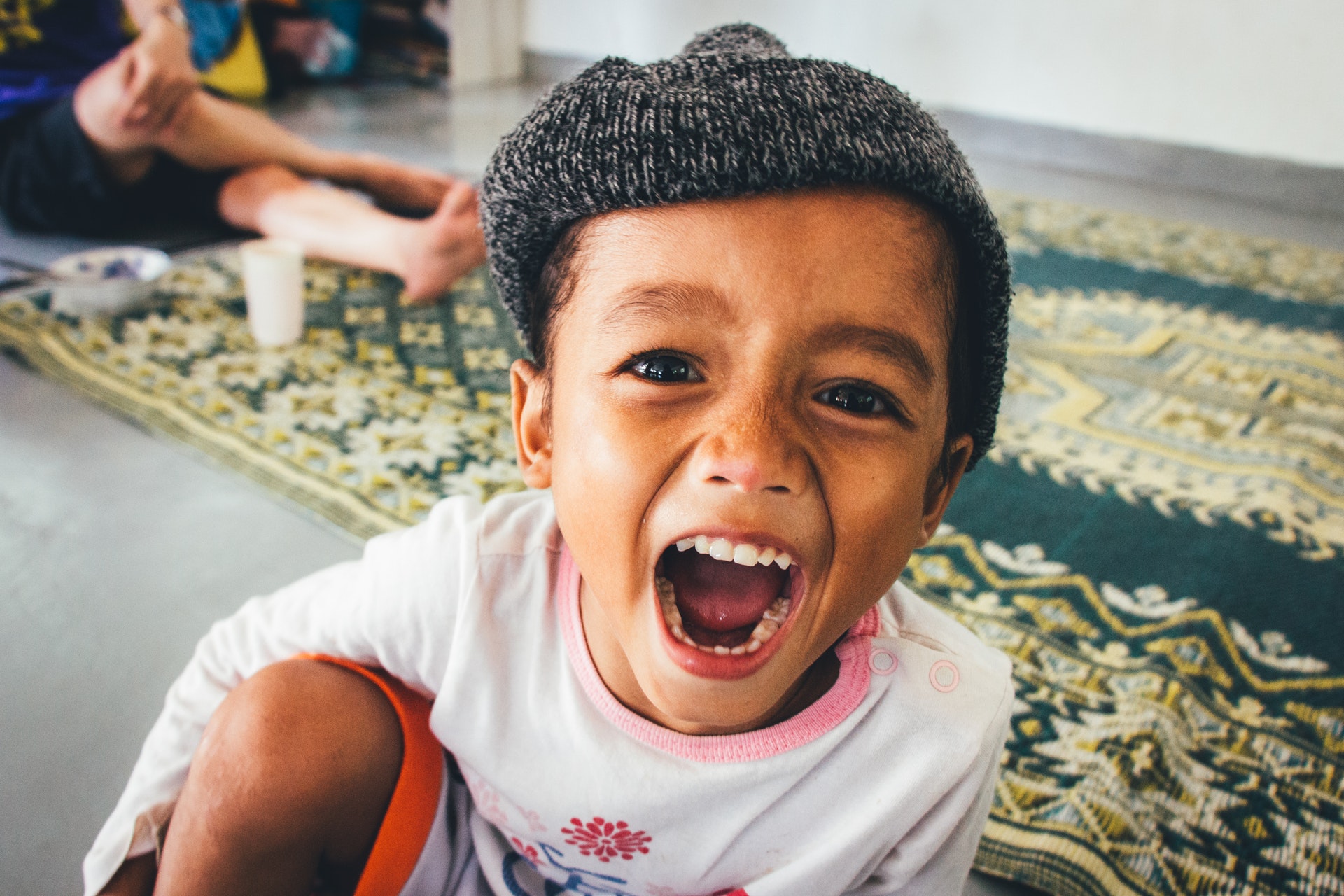That’s more than enough for anyone to handle, but when your child gets migraines this often, you might struggle to console the child.
At PAK Pediatrics, we understand that dealing with a pediatric migraine, not just once in a while but every so often, can be a lot to handle. We are here to help. When you need pediatricians for your child’s sick visit, you can come to see us at our Kingston or Pittston locations.
But first, let’s learn more about the different types of migraines, the childhood migraine symptoms, and how we treat these conditions at PAK Pediatrics.
Different Types of Migraines and Symptoms in Children
As we’ve said, migraines affect people of all ages, and their effects change with the circumstances.
Migraines affect about 3% of preschool-age children and 4% to 11% of elementary-school children. You should also know that migraine susceptibility can run in families.
Here are some types of migraines and symptoms and how they usually manifest.
Common Migraine Without Aura
We’ll get into what aura is in a moment. For now, a common migraine usually presents in children as head pain across the forehead, and children may indicate that they want to sleep. The classic childhood migraine often lasts shorter than an adult migraine, maybe about two hours or less.
Classic Migraine With Aura
The difference with this type of migraine is that aura occurs about 10 to 30 minutes before the migraine. Aura is a type of early-warning sign that a migraine is imminent. About 10% of children who get migraines experience auras.
Aura generally presents visual phenomena that include blurred vision, flashing lights, or blind spots. A child’s aura could also encompass motor deficiencies and speech disruptions. The migraine follows the aura and then proceeds as normal.
Tension-Type Headache
Tension-type headaches are pretty common both in children and adults. They are so named due to the pressure one feels in the head and neck. External factors such as stress can also cause a tension-type headache rather than the condition constantly springing up on its own. Children may tell parents they don’t want to play as usual and would prefer to sleep. This could be a sign of a tension-type headache in children.
Childhood Migraine Symptoms vs. Symptoms in Adults
Children can experience migraines differently from adults. Here are some of the common differentiators in childhood migraines:
Children with migraines might indicate they want to go into a dark, quiet room. This could be their way of telling parents that they are experiencing light and sound sensitivities.
More children than adults experience abdominal migraines, which may bring about stomach or abdominal pain, nausea, and loss of appetite.
Childhood migraines are usually shorter than adult migraines, going away after about two hours.
Migraines in children are often bifrontal, meaning the pain occurs across the forehead. Migraines in older individuals tend to be more unilateral or located in one place.

